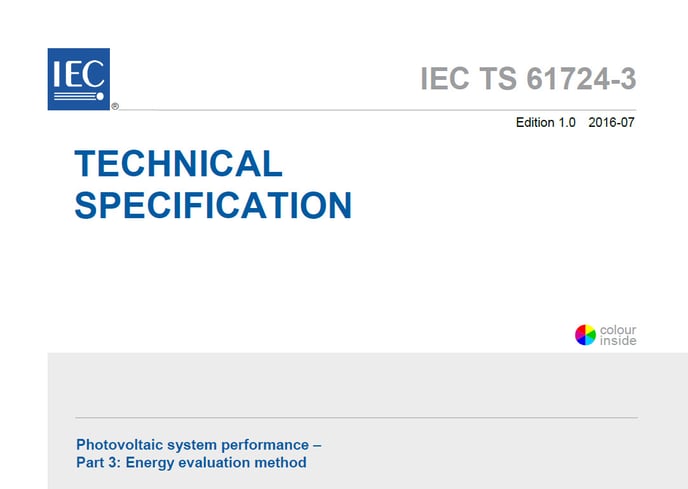Definitions and Key Performance Indices (KPIs) about solar performance to make sure we're all talking about the same thing.

We’re commonly asked by our community about “weather-adjusted” benchmarking. This is a term that we’ve used in the industry to loosely describe the process of reconciling asset performance. It’s the right idea, but fortunately IEC 61724 defines this key performance metric in great detail, allowing for more accurate interpretation and reporting. Here’s the summarized version of a few key terms we use every day and how they are applied to your business:
Predicted Energy: The amount of energy a solar facility will generate given a historical weather data set and the electrical model. The financial model assumes this prediction.
Expected Energy: The energy output given actual weather conditions. This is the “weather adjusted” expectation for performance.
Which is more important to know about your assets? Both.
The Baseline Energy Performance Index (BEPI) is the ratio of Predicted Energy to Measured Energy. BEPI is most critical to understanding the financial bottom line of solar performance:
“Are we seeing the asset profitability that we predicted?”; and
“Did we model the right assumptions about typical solar resources?”
The Energy Performance Index (EPI) is the ratio of Expected Energy to Measured Energy. EPI is most critical to understanding the electrical performance of the asset:
“Is the asset converting sunlight into grid power as expected?”; and
“Is the asset’s design properly modeled in our software?”
References:
IEC TS 61724-3:2016 Section 3: Terms and definitions 3.4 predicted energy, 3.5 expected energy, 3.6 measured energy, 3.8 energy performance index
IEC 61724-1:2017 Section 10 Performance Metrics: Energy performance index, Baseline energy performance index
